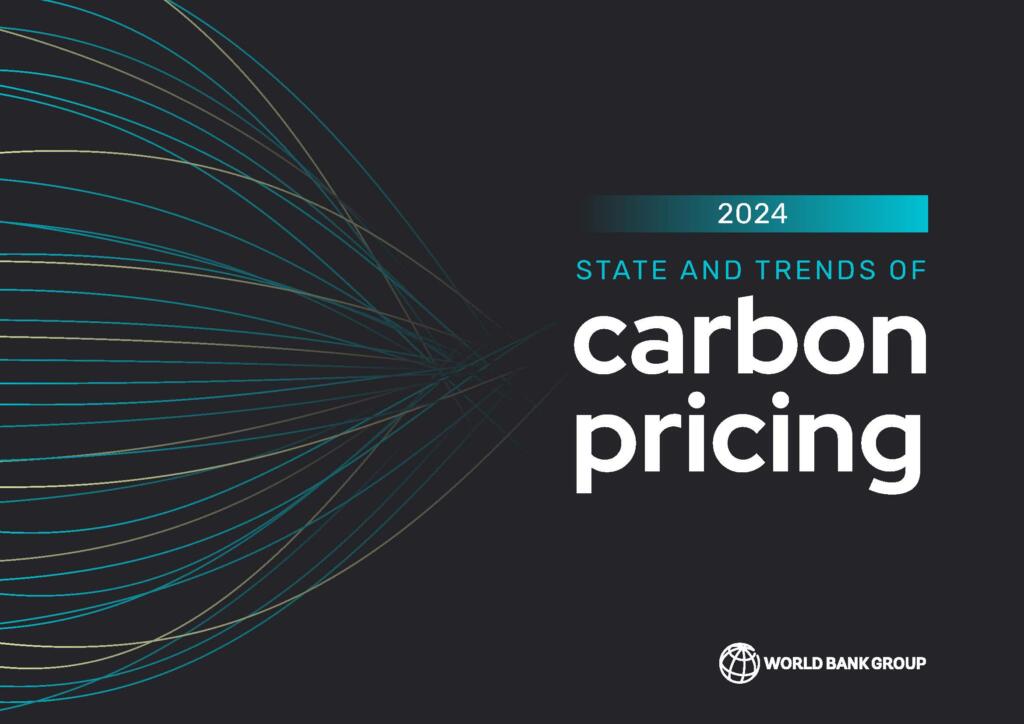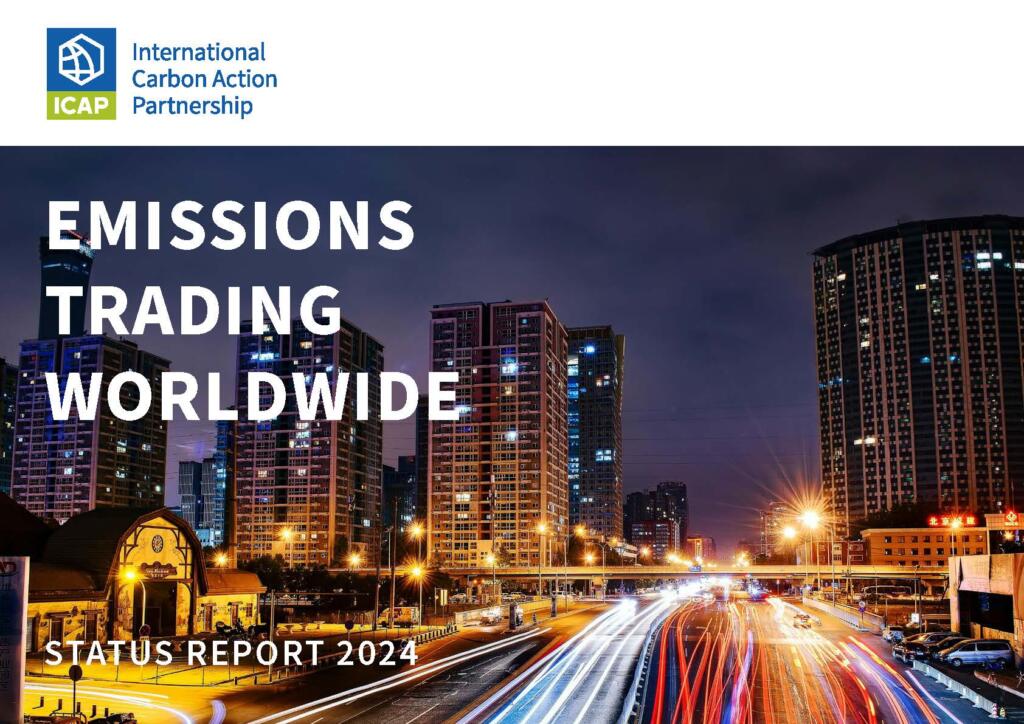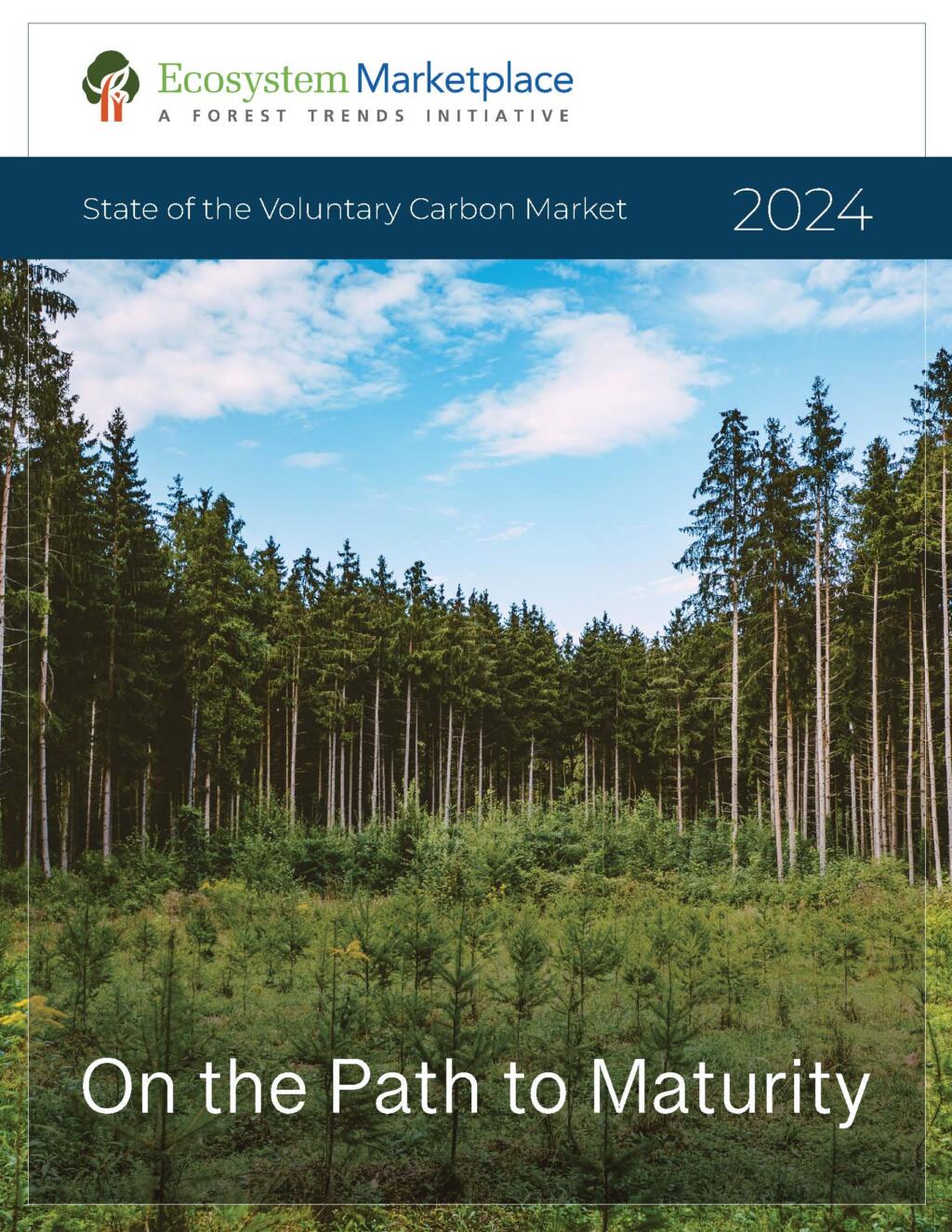Resources

World Bank Group
For the last few years, the World Bank has published the “State and Trends of Carbon Pricing.” Their most recent report was published in May 2024. This report provides an up-to-date overview of existing and emerging carbon pricing instruments around the world, including international, national and subnational initiatives. It also investigates trends surrounding the development and implementation of carbon pricing instruments and some of the drivers seen over the past year. Specifically, this includes the use of carbon taxes, emissions trading systems (ETSs), and crediting mechanisms. Key topics covered in the 2024 report include uptake of ETSs and carbon taxes in low- and middle- income economies, sectoral coverage of ETSs and carbon taxes, and the use of crediting mechanisms as part of the policy mix. The World Bank has also created a Carbon Pricing Dashboard which shows a map and key statistics on carbon pricing initiatives around the world.

UN Environment Programme
For over a decade, the UN Environment Programme (UNEP) Emissions Gap Report has provided a yearly review of the difference between where greenhouse emissions are predicted to be in 2030 and where they should be to avoid the worst impacts of climate change. The most recent report was published in October 2024 and presents the latest data on the expected gap in 2030 for the 1.5°C and 2°C temperature targets of the Paris Agreement. Nations must collectively commit to cutting 42% off annual greenhouse gas emissions by 2030 and 57% by 2035 in the next round of Nationally Determined Contributions (NDCs) – and back this up with rapid action – or the Paris Agreement’s 1.5°C goal will be gone within a few years, according to the latest report.

International Carbon Action Partnership
The International Carbon Action Partnership (ICAP) is an international forum for governments and public authorities that have implemented or are planning to implement emissions trading systems (ETS). ICAP facilitates cooperation between countries, sub-national jurisdictions and supranational institutions that have established or are actively pursuing carbon markets through mandatory cap-and-trade systems. ICAP’s “Emissions Trading Worldwide: Status Report 2024” provides a detailed picture of the latest developments in emissions trading, with infographics, updated detailed factsheets on the world’s carbon markets and comprehensive articles by ETS policymakers and practitioners from around the world. ICAP’s website can be found here.

Ecosystem Marketplace
Ecosystem Marketplace, an initiative of the non-profit organization Forest Trends, was initially created to improve transparency and price discovery in the voluntary carbon markets. Since 2006, their team has distributed annual surveys to its network of project developers, investors, retailers and brokers to collect confidential information about their voluntary carbon offsets transactions. Their latest report includes data from 180 respondents, including project developers, investors, and intermediaries with headquarters in over 40 countries and representing carbon credit sales from thousands of nature-based and technological carbon projects in over 100 countries. The overall value of the voluntary carbon market was $723 million in 2023, contracting for the second year in a row from its 2021 peak.
Our World in Data
Our World in Data (OWID) is a scientific online publication that focuses on large global problems such as poverty, disease, hunger, climate change, war, existential risks and inequality. Its mission is to present “research and data to make progress against the world’s largest problems.” The web publication contains interactive data visualizations (charts and maps) on global warming and greenhouse gas emissions.